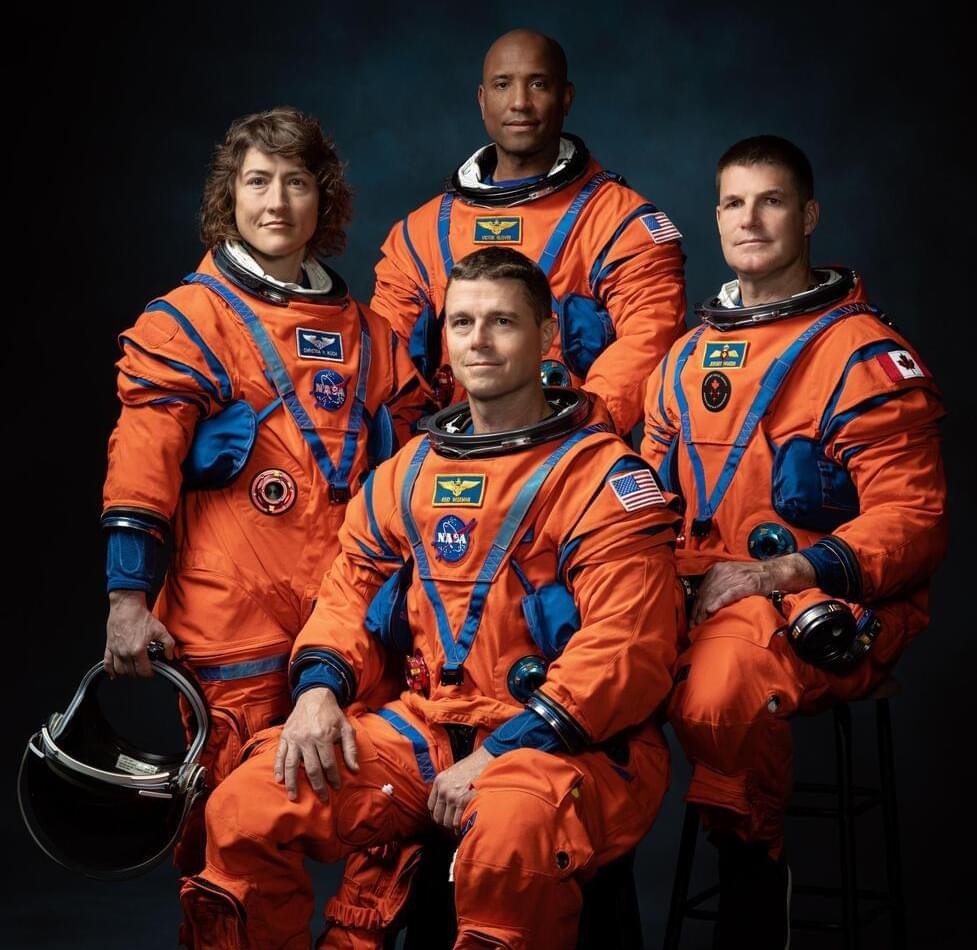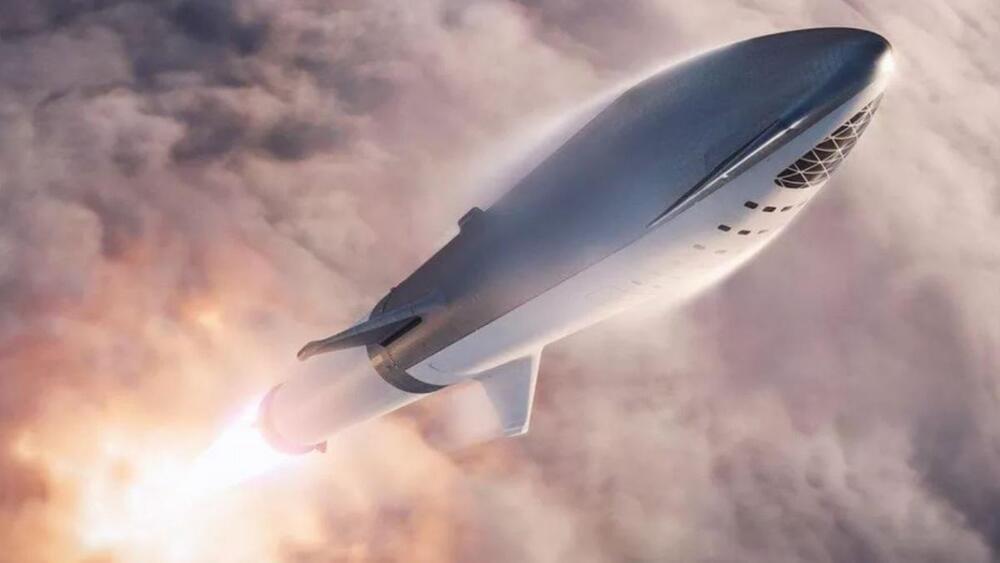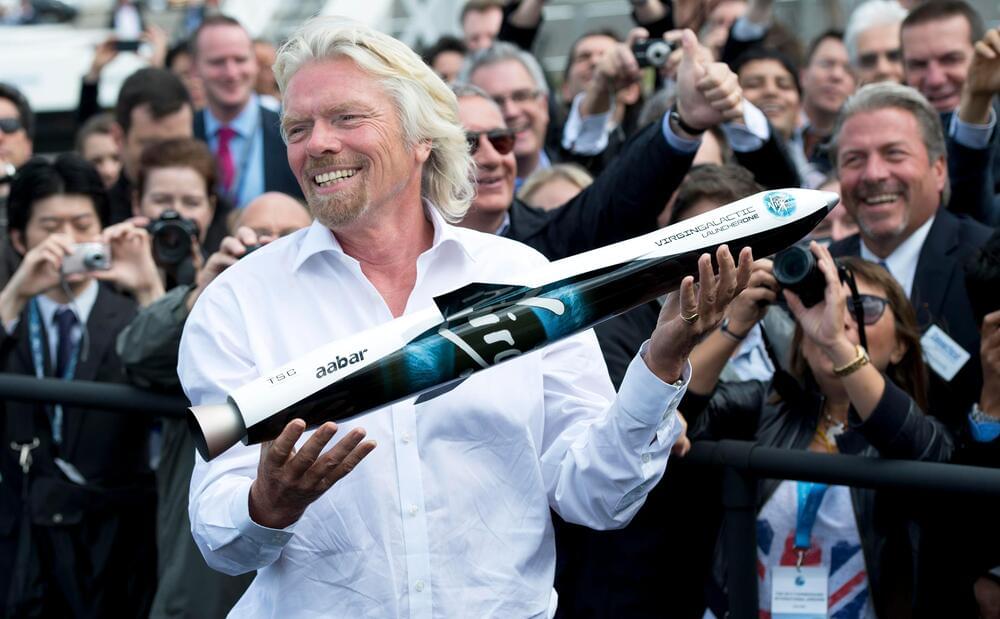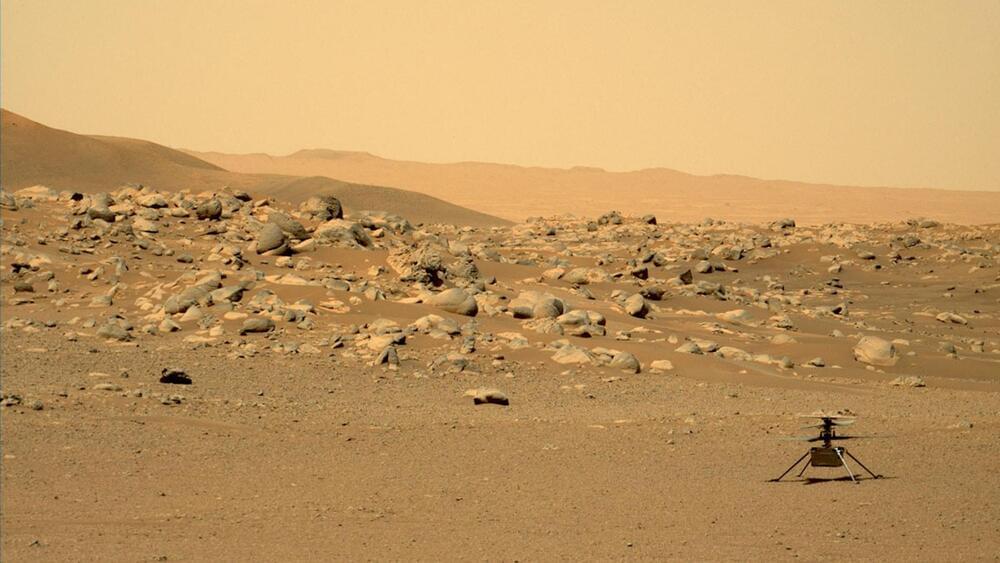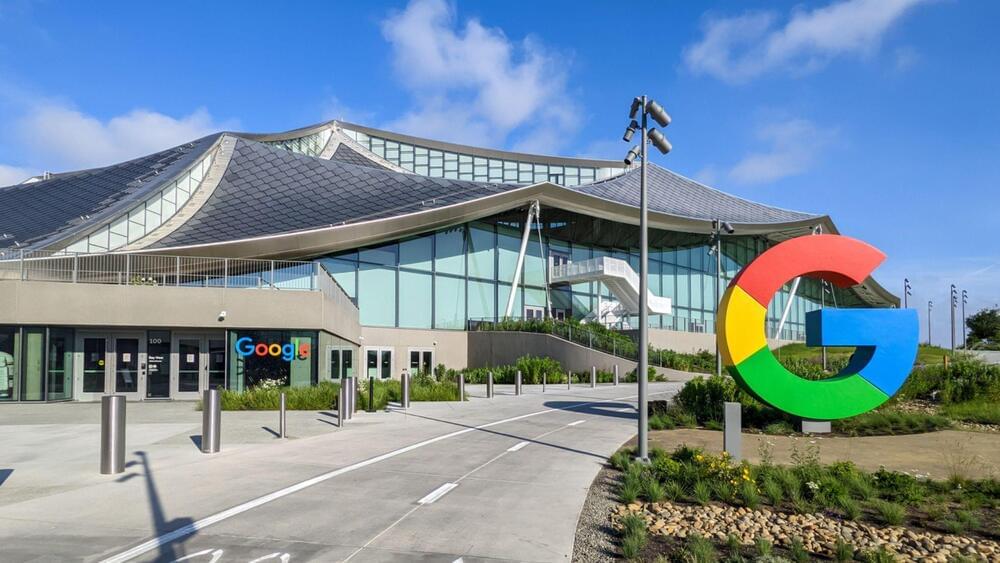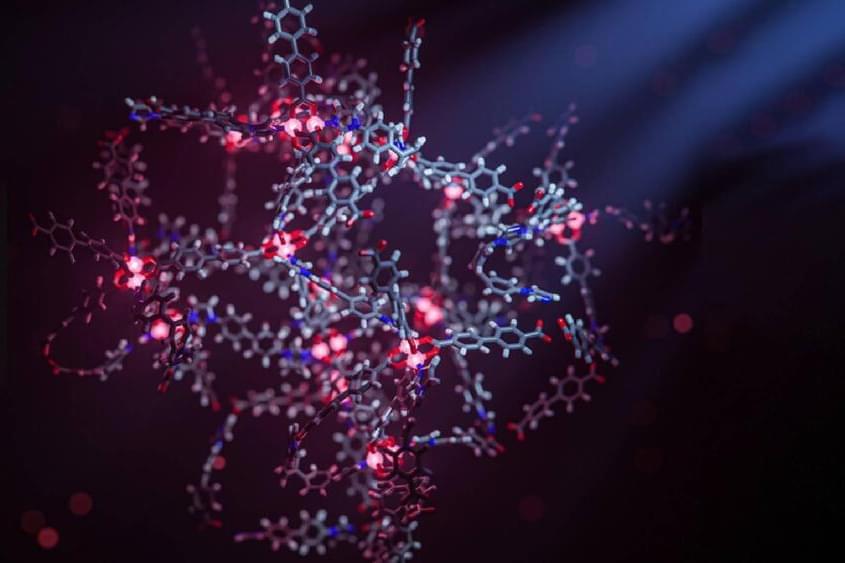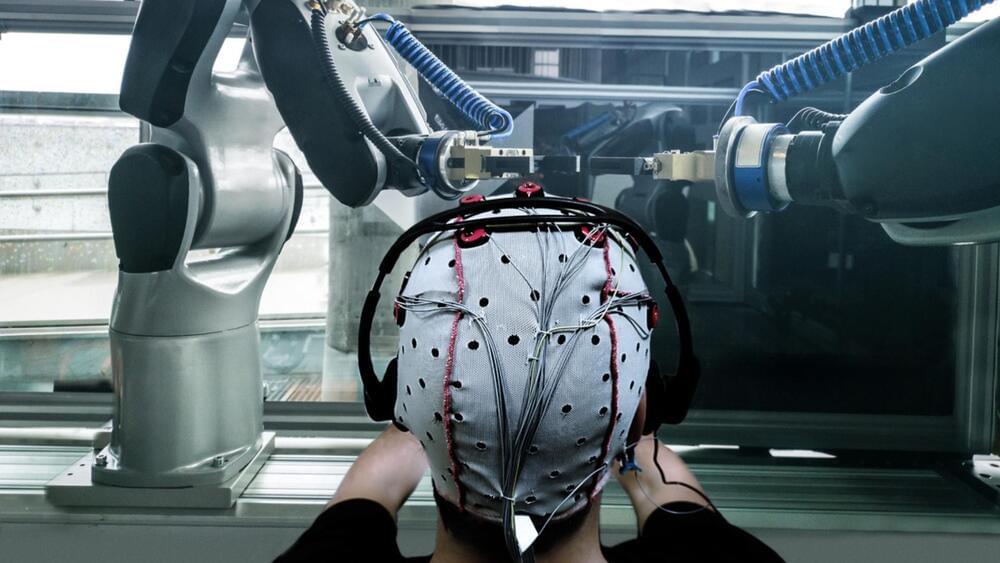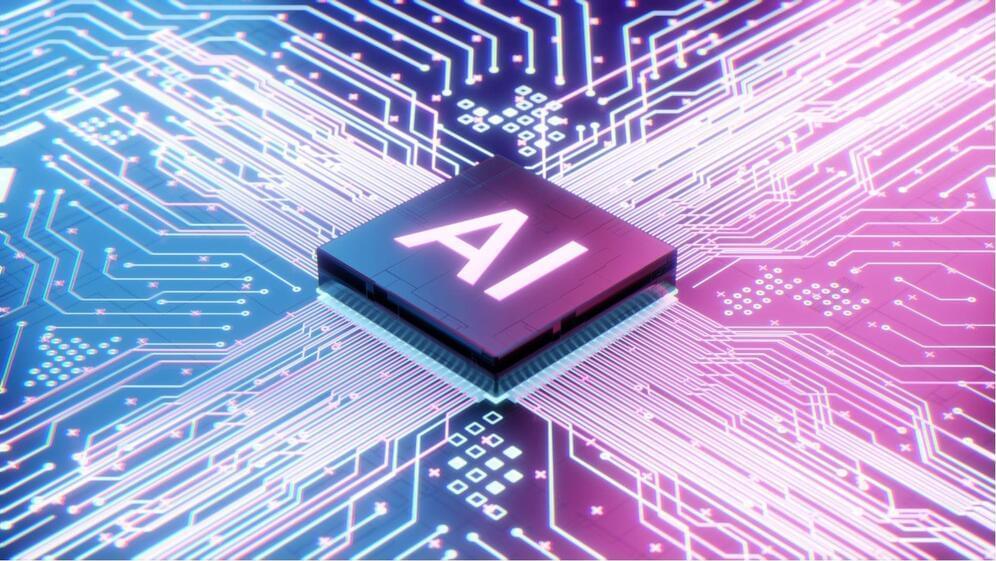NASA’s plan to land the first woman and first person of color on the Moon during the first crewed lunar flyby of the 21st century took one giant leap this week with the unveiling of four astronauts for the Artemis II mission.
In a news conference Monday at Ellington Field near NASA’s Johnson Space Center in Houston the space agency announced the first black man, the first woman and the first Canadian on any crewed Moon mission—the agency’s first since Apollo 17 in 1972.
The Apollo 8-style Artemis 2 mission will see NASA astronauts Reid Wiseman, Victor Glove and Christina Hammock Koch, and Canadian astronaut Jeremy Hansen, embark on a 10-day trip around the Moon.
